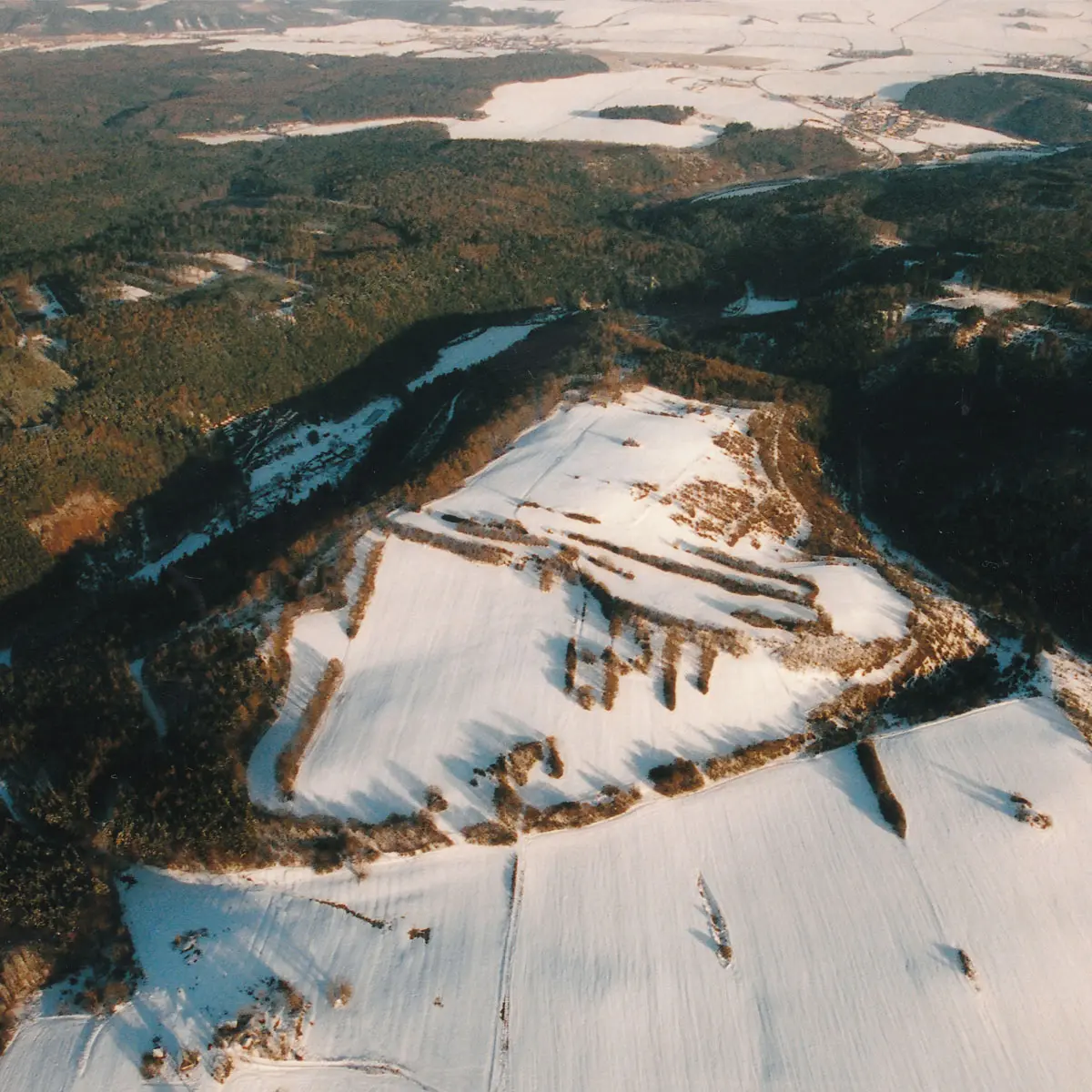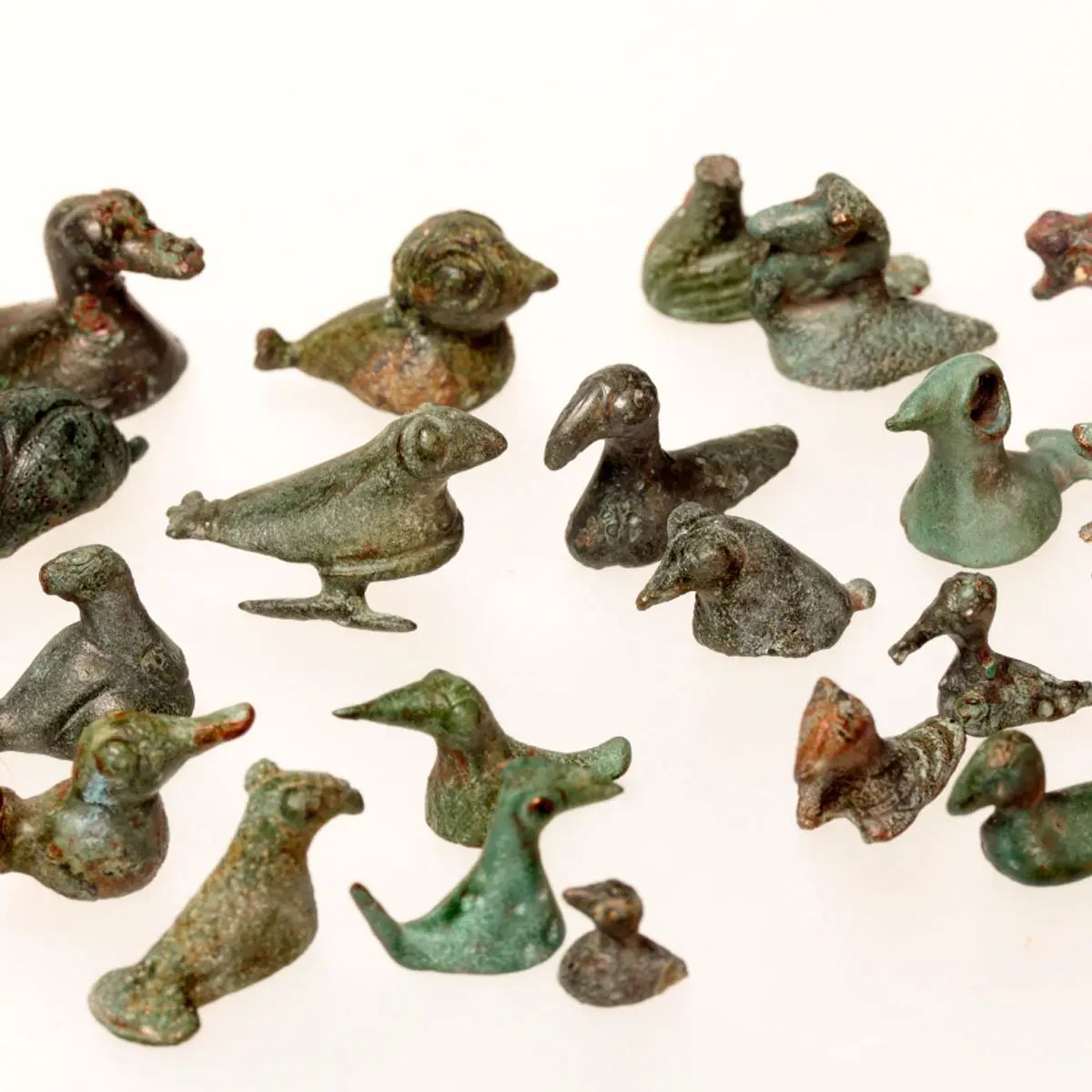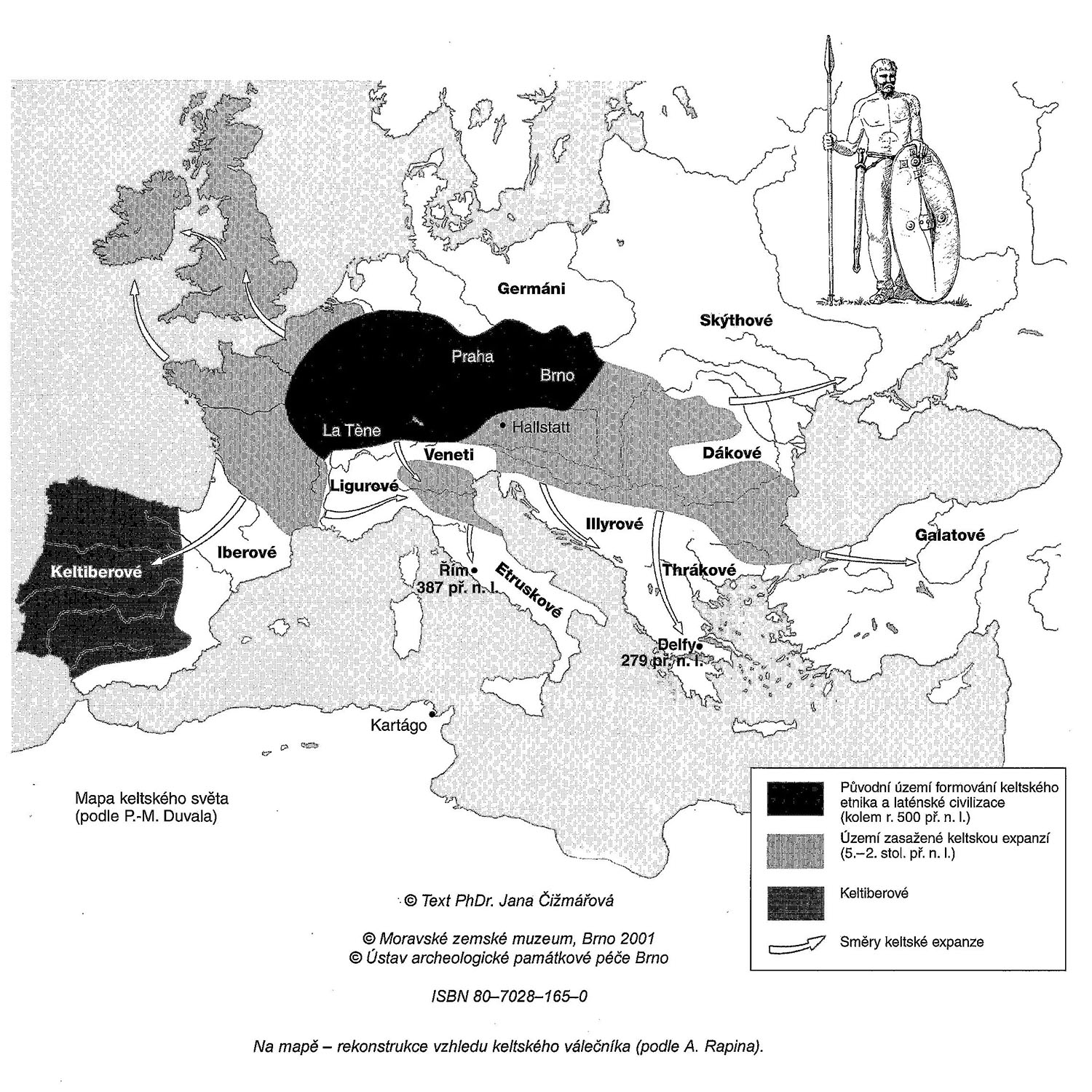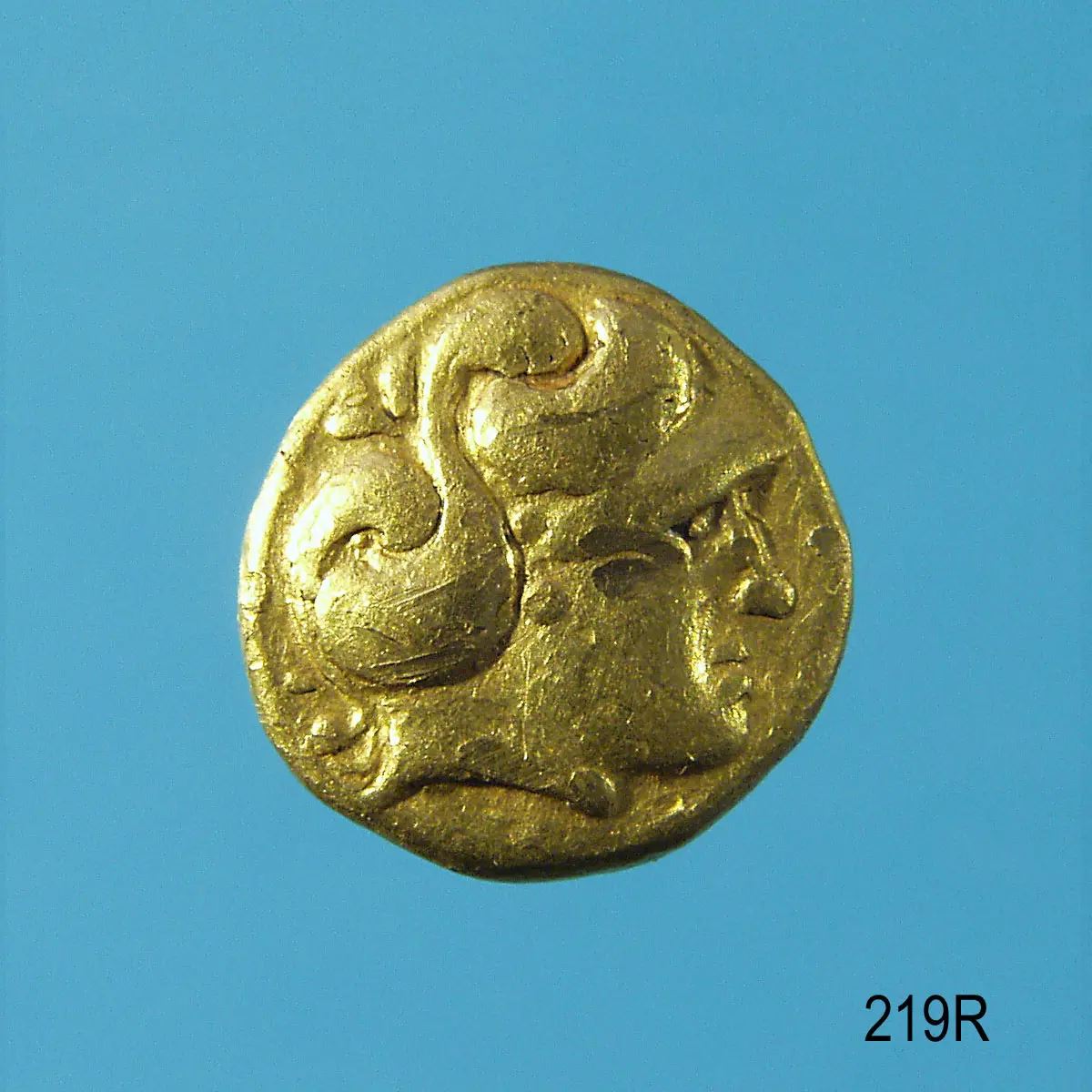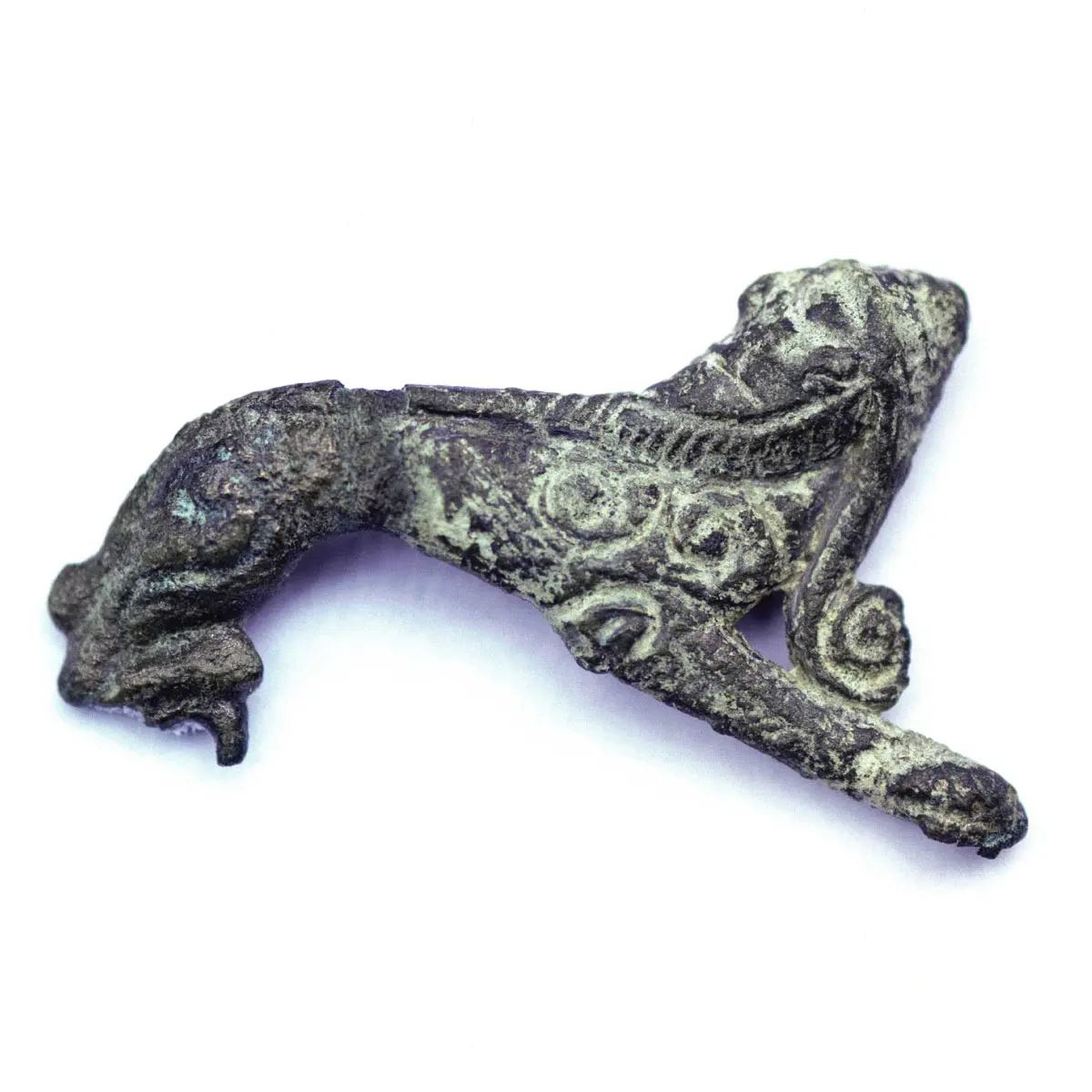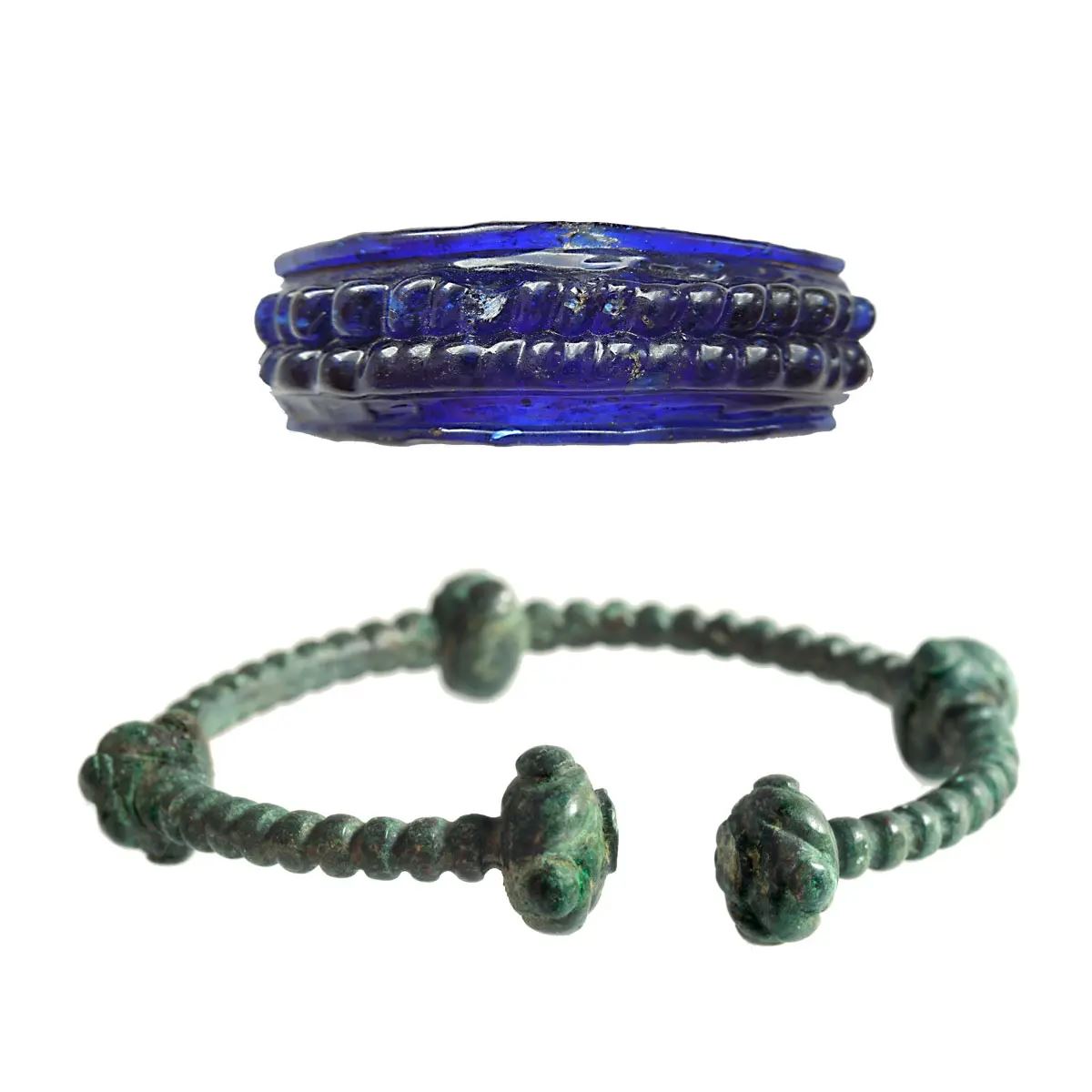
CELTS IN MORAVIA
Celtic history of the Moravian region
Celts in Moravia - Celts are the oldest documented ethnicity north of the Alps. The crystallization center of this population was the territory of southwestern Bohemia, Bavaria, eastern France and adjacent parts of Switzerland. From there, starting in the 5th century BC, they settled all of Western and Central Europe in several waves. They are thus the first known ethnic group that significantly influenced the fate of our territory, where they occupied the most fertile parts of the country. Bohemia was inhabited by the Bój tribe, while Moravia was inhabited by the Volková-Tektoság tribe.
The first wave of the Celtic influx hit the territory of Moravia during the 5th century, the second in the first half of the fourth century. The second wave of Celts is characterized by flat burial grounds, of which we record 250 in Moravia. The stratification of the graves shows the stratification of the society of that time.
In addition to the graves of warriors in full armor, we discover graves with only average equipment, but also graves completely poor with a minimum of alms or completely without them. They buried their dead in a stretched position on their backs, with their hands along their bodies, their heads to the north. Unlike the previous Hallstatt period, the graves were not covered by mounds, hence the designation flat burial grounds. Over time, however, the cremation of the deceased prevailed over skeletal burials, and cremation became the only form of burial rite for a time. However, we do not know burials at all from the late La Tène period (course of the 1st century BC), from all over the Celts occupied Central Europe. This is undoubtedly related to their beliefs, which resulted in a simplification of the funeral rite.
Undoubtedly, small metal sculptures, found in relatively large numbers in housing estates, are related to religion and cult. They depict various animals (boar, dog, goat, roe deer, but also birds) and, exceptionally, human figures. The Celtic Pantheon numbered over 400 gods. The most famous are Taranis - god of heaven and thunder, Teutates - god of the tribe (protecting the warriors and ensuring prosperity), Lug - god of trade and crafts, Epona - goddess of water. They worshiped their gods in sacred places — in groves, by springs, by wells, and in caves, where they offered incredibly rich sacrifices, except for gold and silver.
The mediators between the world of men and the gods were priests - druids. Caesar's "Notes on the Gallic War" states that there are only two states in Gaul (the land of the Celts) that mean anything; riders (important warriors) and druids. However, the role of the Druids was much broader. In addition to the necessary rituals, they made astronomical observations and were defenders of traditions and law.
Celts in Moravia - the fact that, for example, in the Prostějovsk Region we have 150 settlements of an agrarian nature speaks to the intensity of Celtic settlement. This number is certainly not complete.
Next to the town of Staré Hradisko, the most fortified locality of the 35-hectare area in Němčice nad Hanou can be considered the most important locality of the Prostějov region. there is a documented local metal smelter for casting bronze objects, the minting of the first Celtic coins (from the housing estate today we record more than 1000 pieces of various denominations) and the oldest documented glass workshop in Europe, which produced glass beads and probably bracelets. About 2,000 glasses were found here, of which 500 fragments of bracelets, which is the second largest number after the Bavarian oppidum in Manching. The biggest surprise is the extensive collection of imported coins, originating from almost the entire ancient world. Engravings from Greece, Rome, Carthage, Egypt, Sicily and Messalia are represented. They are a proof of long-distance trade and very lively contacts with the then known world.
Němčice - bronze sculptures
The Celtic production and shopping center in Němčice nad Hanou is located in a strategic location in the center of Moravia, surrounded by the fertile lowlands of Haná, near the historic road called the Amber Trail, at the entrance to the Moravian Gate.
Contacts with the territory of today's Slovenia, Italy and the Carpathian Basin differ from Starý Hradisko, oriented to the western Buoy area. With the end of the housing estate in Němcčice (in the second half of the second century BC), the power and business center moved to Staré Hradisko, which began operating in the middle of the second century BC and its end fell, after more than 100 years, to end of the old era.
Intensive processing of amber is also documented here with rich finds, and there is no doubt that the oppidum Staré Hradisko also used the commodities of the Amber Trail.
The cultural standard of life of the Celts reflects a high level of aesthetic sense and is evident not only from jewelry and lavish objects in general, but from everyday objects. Under the influence of Greek and Etruscan art, the original geometric style of late Hallstatt, which was followed by the aesthetic expression of the Celts, was transformed into an original and unmistakable expression, using ornamental and mainly plastic elements from the 3rd century, including both zoomorphic and anthropomorphic designs.
The Celts failed to create their own state and thus successfully faced pressure from the Romans and Germans. Around the turn of the century, their power in Central Europe broke and much of it returned to its original settlement.
Important localities of Central Moravia
Thanks to the newly made findings, the well-presented Němčice nad Hanou is a key locality with a huge potential of information from all parts of the Celtic world.
Long before them, the findings of Starý Hradisko attracted the attention of the inhabitants of the wider area, which, thanks to archaeological research in the first decades of the 20th century, proved to be the first Moravian Celtic oppidum. The place has been known since the Middle Ages, and the findings of the aforementioned amber. The first mention of "mirrze" (amber) comes from land records from 1519 and in 1522 in the chronicle of the Bishop of Olomouc Dubravia. It is also marked on the map of J.A. Comenius from 1627. The first comprehensive archaeological research in Czechoslovakia took place in Starý Hradisko in the 1930s, at the instigation of J. Böhm from the Institute of Archeology in Prague, which J. Medun continued in the 1960s and 1990s. and M. Čižmář from the Archaeological Institute of the Czechoslovak Academy of Sciences in Brno.
The excavations provided important insights into the structure of buildings, fortifications and the level of handicraft production, including evidence of contacts with the Mediterranean. Amber processing was one of the important specialties of local craftsmen. However, Staré Hradisko is not the only locality in the Prostějov region. This includes Hostýn and probably Kotouč u Štramberku, destroyed, unfortunately, by stone quarrying.
The first invasion wave of the Celts is connected with the monumental fortified settlement of Chernov in the Vyškov region, built on the southern edge of the Drahanská Highlands. The finds rank the locality among the oldest documents of Celtic settlement in Moravia. The fortified settlement with an area of 2.3 ha was surrounded by a massive stone wall.
Brno-Maloměřice burial ground - the largest and moreover systematically explored Celtic burial ground in Moravia. In 1941, J. Poulík examined 76 graves here and another 10 of them were registered with various finders.
Depot from Ptení. In 1868, while logging near the village of Ptení (now the cadastre of the village of Hrochova), forest workers found a depot of bronze objects, complete with glass and amber pearls. The composition of the depot shows contacts with today's Slovenia and Italy.
Luderov, okr. Olomouc - Celtic "Vierecksachanze". German name for a typical terrain, surrounded by ramparts and a moat. The notion that they are shrines with embraces of wells gives way to the notion that they are fortified residential courtyards. Even in this case, it is a completely unique Celtic monument.
Domamyslice - The warrior's grave bordered by a moat. The grave of a warrior in full armor, undoubtedly an important personality, was examined in 1970 by M. Čižmář, then an archaeologist at the Prostějov Museum. The tomb bordered by a square moat (the foundation trough after a square fence) contained a complete warrior ensemble buried with a sword, spear, shield, iron belt, and the necessary items of clothing.
Title of the article: Celts in Moravia
Author: Miroslav Šmíd
Celts in Moravia - sources and literature:
Čižmářová, J. 2001: Celts in Moravia. Guide to the exhibition of the same name in the Moravian Regional Museum.
Čižmář, M. 2006: La Tène period. In.: Čižmář, M. - Geislerová, K. (eds.) Research - Ausgrabungen 1999 - 2004. Brno, 55-61.
Exhibition "On the Amber Trail" - Prostějov Museum and Gallery, 7 April - 5 June 2016, screenwriter Hana Čižmářová.

